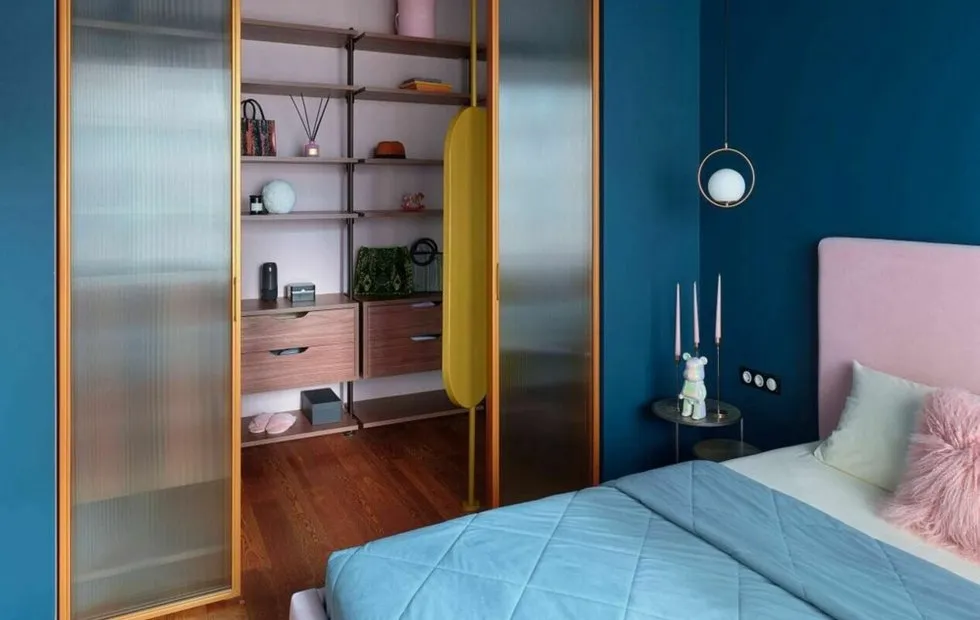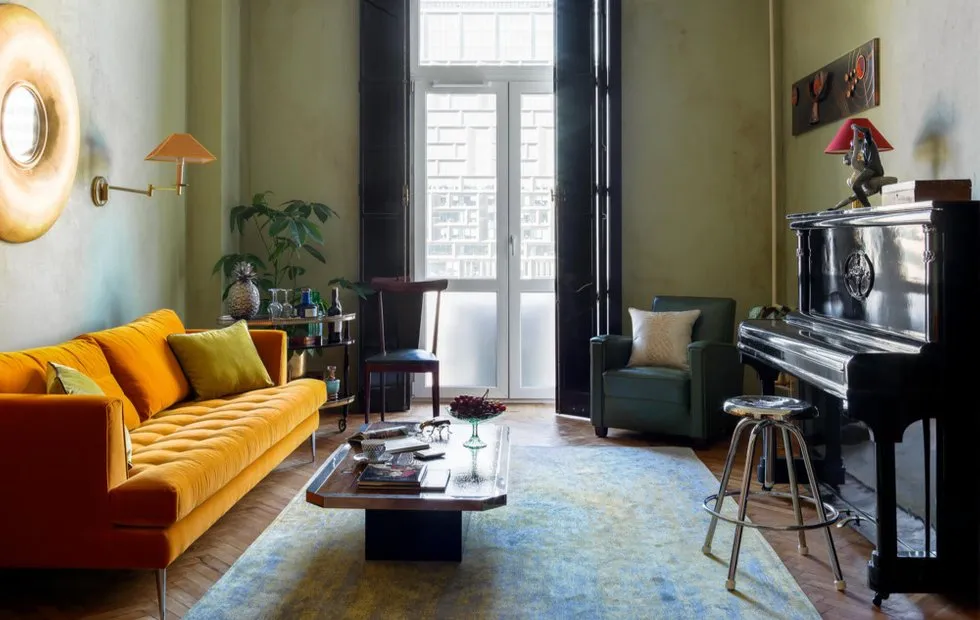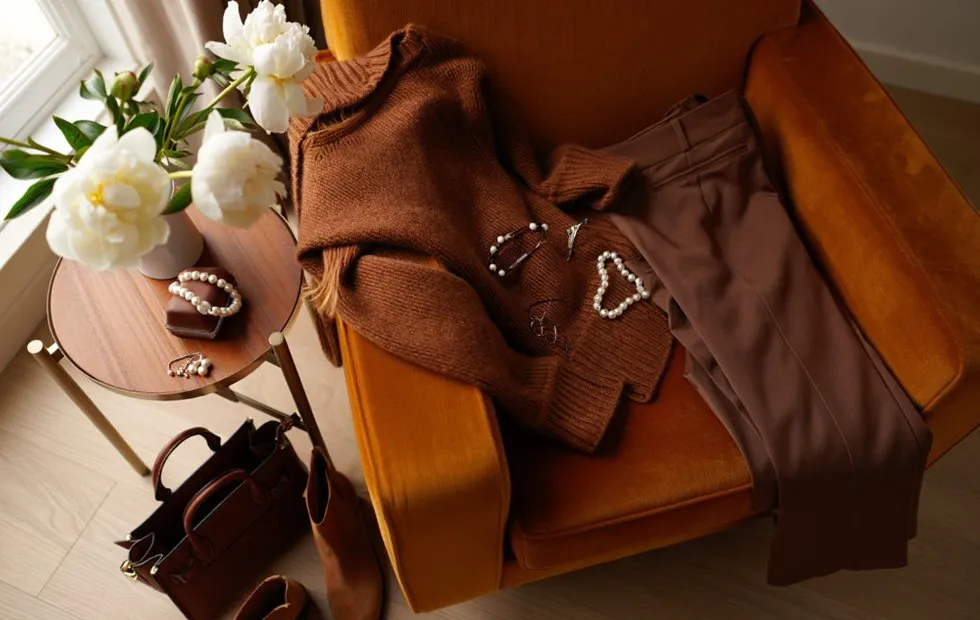There can be your advertisement
300x150
How to Tell if Your Designer Is Cheating You
Learn to recognize red flags before signing a contract
Cute pictures on Pinterest, a diploma from a prestigious university, and an impressive portfolio — this is what a dream designer looks like. But what lies behind the perfect facade? The interior design market is full of scammers who skillfully disguise themselves as professionals. They take advance payments, disappear for months, push unnecessary services, and turn renovation into a financial disaster. Learn to recognize red flags before signing a contract.
Main points from the article:
- The absence of a detailed estimate and contract is the main sign of a scammer;
- Demands for 100% advance payment are unacceptable in serious business;
- A portfolio made of other people's work can be easily checked via image search;
- Forcing specific suppliers often indicates kickbacks;
- Refusal to show real projects is a sign of fake portfolio;
- A professional designer always provides technical documentation;
- Changing concepts without explanation is a way to increase project costs.
Portfolio from Pinterest
The first thing that should raise suspicion is a flawless portfolio with no flaws at all. All photos look like magazine shoots, lighting is perfect, not a speck of dust or life signs. Most likely these are other people's works downloaded from the internet.
Simple check: save a few photos from the portfolio and upload them to Google Images or Yandex.Images. If the system finds original sources on foreign websites or in professional catalogs — you are dealing with plagiarism.
Honest designers don't hesitate to show intermediate stages of work, before and after photos, even imperfect shots. They have photos from ongoing renovations, hand sketches, client correspondence. Scammers only show glossy results.
Financial Red Flags
The demand for full advance payment is a classic scammer tactic. Serious professionals work in stages: 30-50% for the design project, the rest as work progresses. If a designer insists on 100% advance payment 'for material procurement' — it's a reason to be cautious.
Another red flag is the lack of a detailed estimate. Phrases like 'design project 200 thousand', 'author's supervision 50 thousand' without breakdowns are unacceptable. A professional will list each service: number of drawings, visualizations, site visits.
Suspectingly low prices should also raise suspicion. A quality design project for a two-bedroom apartment cannot cost 50 thousand rubles. Either you will get shoddy work or additional 'extra works' that increase the budget several times.
Forcing Suppliers
A professional designer offers multiple supplier options and explains the pros of each. A scammer insists on a single 'verified' store, salon or workshop. Behind this usually lies kickbacks — a percentage from every purchase goes into the designer's pocket.
Especially suspicious is when a specialist categorically refuses your suggestions. 'This salon won't do', 'such furniture doesn't fit the concept', 'I don't work with these materials' — typical excuses. In reality, it's because your supplier doesn't give kickbacks.
A honest designer will explain the real reasons why a certain material doesn't fit: stylistic mismatch, technical specs, quality. And will always offer an equivalent alternative in different price ranges.
Technical Documents as a Test
A real design project is not just beautiful pictures but also technical documentation. Measurement plans, furniture layout plans, wall elevations, electrical and plumbing schematics, material specifications — without this, renovation is impossible.
Scammers limit themselves to beautiful visualizations. They answer questions about drawings evasively: 'workers will understand everything', 'we'll explain on site', 'the main thing is the general concept'. The result is predictable: builders work by guesswork, questions arise constantly, and results don't match expectations.
Request the full set of documents. If a designer cannot provide working drawings, he is not a designer but a visualization artist. That's insufficient for renovation.
Author Supervision as a Money Drain
The service of author supervision really exists and is useful. A designer oversees compliance with the project, resolves disputes, adjusts details. But scammers turn this into an additional income source.
Suspicious signs: demand for full payment of author supervision upfront for the entire renovation period, excessive pricing (over 15-20% of project cost), mandatory daily site visits. A honest specialist comes when needed and charges for actual work done.
Another trick is creating problems that require constant designer presence. 'Workers don't understand the drawings', 'we need to quickly choose new tiles', 'technical difficulties arose'. If there are too many such situations — the project was probably initially poor.
Concept Changes as a Way to Earn
A conscientious designer creates a concept based on your needs and sticks to it. Major changes are only possible by your initiative and for an extra fee.
Scammers use a different tactic. They first offer one solution, get advance payment, then start 'improving' the project. 'I came up with a more interesting idea', 'let's change the layout', 'this style is outdated'. Each change costs extra.
Or vice versa: they show a luxurious project, then simplify during work. 'This material is too expensive', 'such furniture takes too long to get', 'let's make it simpler'. Quality decreases, but money stays with the designer.
Verifiable Facts
- Ask for contacts of previous clients and actually call them. A honest specialist has no problem providing 2-3 phone numbers. Scammers find excuses: 'clients asked not to be disturbed', 'this is a commercial secret', 'all contacts are in another phone'.
- Ask if you can see completed projects. Even if clients aren't ready to show the whole house, they usually don't mind showing individual rooms. Refusal is a reason to question the authenticity of the portfolio.
- Check if they have a legal entity or individual entrepreneur status. Working with an unregistered physical person is risky — you may end up without money and without a way to claim damages in court.
Design: Elvira Shayken
Trust your intuition, but verify facts. A good designer is interested in long-term relationships and reputation. A scammer aims for quick profit and disappearing. Spend time verifying now — save nerves and money later.
Cover: Elvira Shayken's design project
More articles:
 Tiny but very cozy kitchen 6 m² in a pre-revolutionary house
Tiny but very cozy kitchen 6 m² in a pre-revolutionary house How They Designed the Bathroom in a Pre-Revolutionary Apartment on Arbat
How They Designed the Bathroom in a Pre-Revolutionary Apartment on Arbat Wardrobe for 60 thousand: organizing storage from scratch
Wardrobe for 60 thousand: organizing storage from scratch Hollywood Stars vs. Stress: Unexpected Rituals of Calm
Hollywood Stars vs. Stress: Unexpected Rituals of Calm Why Stalin-era Apartments Were More Comfortable Than Modern New Constructions
Why Stalin-era Apartments Were More Comfortable Than Modern New Constructions Only 5 Days a Month: Biohacker Diet That Helps You Lose Weight at a Glance
Only 5 Days a Month: Biohacker Diet That Helps You Lose Weight at a Glance Comfortable and Ergonomic Chairs: 10 Trendy New Arrivals for Your Interior
Comfortable and Ergonomic Chairs: 10 Trendy New Arrivals for Your Interior Colors That Will Change Your Wardrobe: Key Trends for 2025/26
Colors That Will Change Your Wardrobe: Key Trends for 2025/26